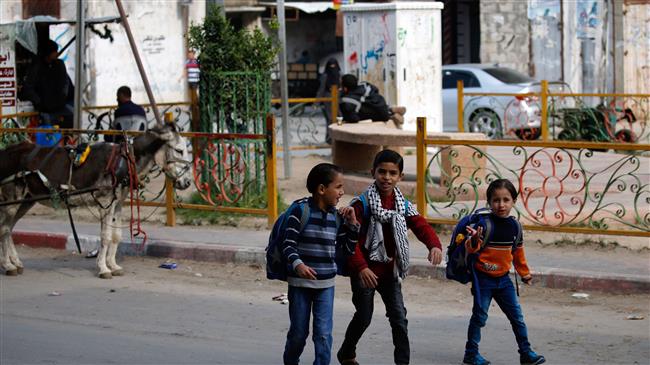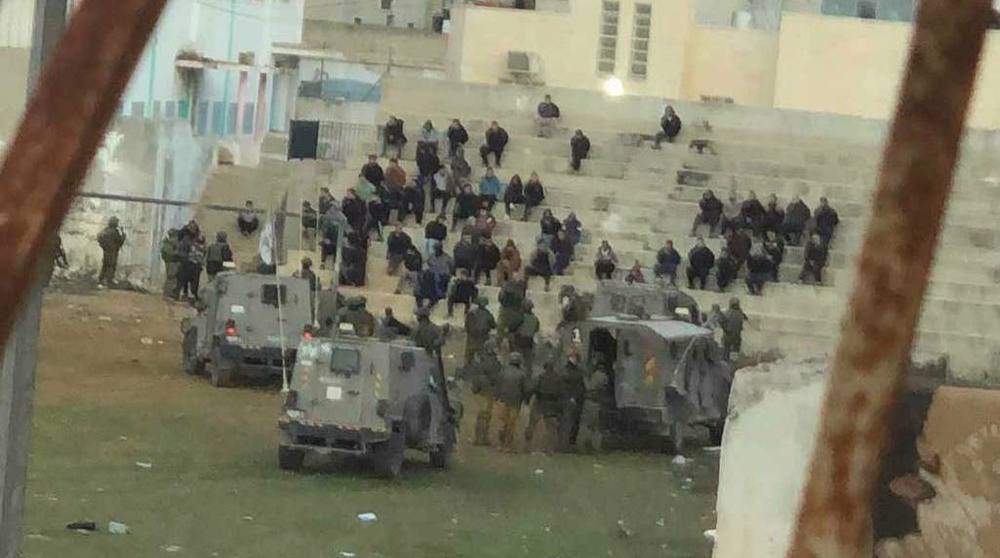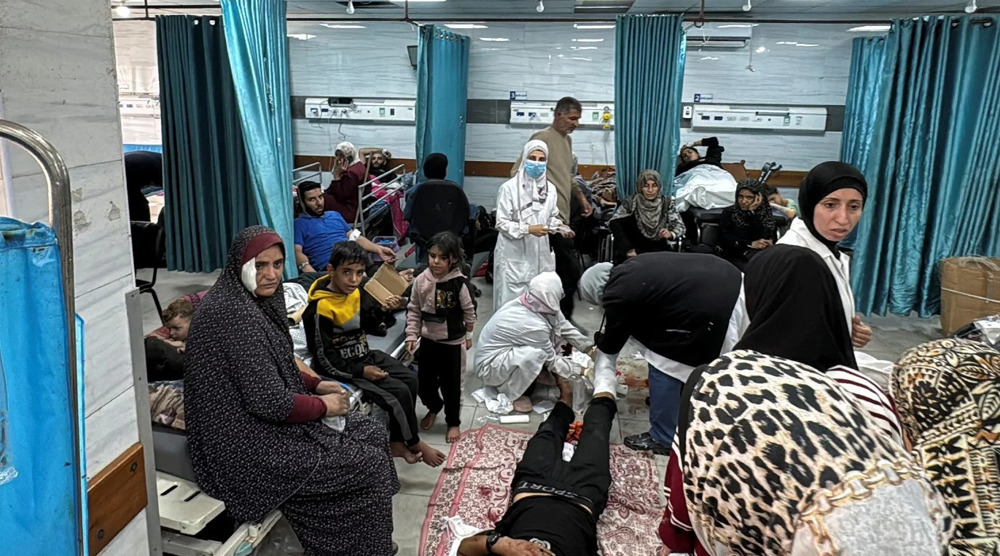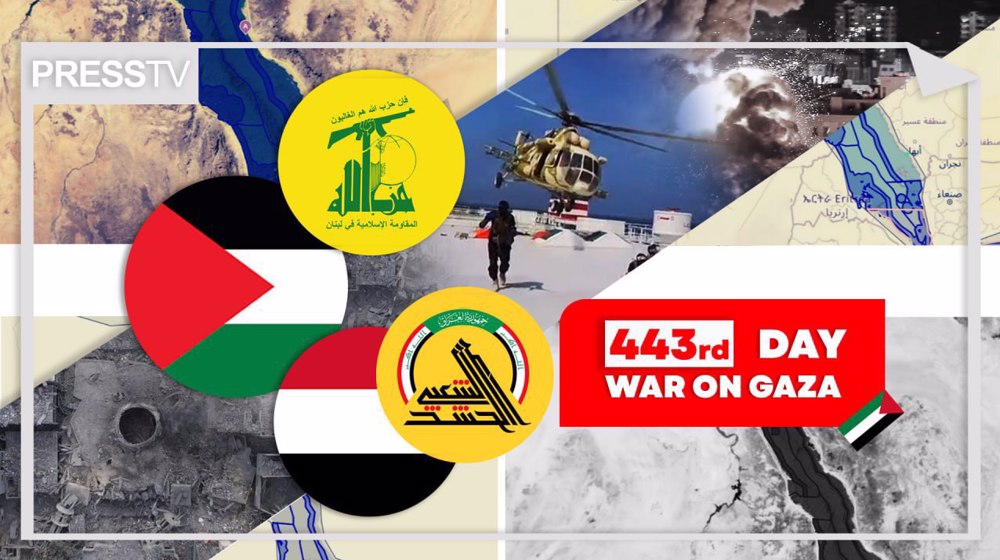Israel killed 40 Palestinian children in year of Gaza fence protests: UNICEF
The UN children’s agency says around 40 children have been killed in one year of demonstrations along the fence that separates the besieged Gaza Strip and the Israeli-occupied territories.
According to UNICEF on Thursday, almost 3,000 others have been hospitalized with injuries since the start of the protests one year ago, many leading to life-long disabilities.
UNICEF's Middle East Director Geert Cappelaere voiced anger at the growing number of casualties, calling for an end to violence against children in Gaza and elsewhere across the occupied territories.
"UNICEF reiterates its outrage at the very high numbers of children who have been killed and injured as a result of armed conflict 2018," Cappelaere said
Last month, Cappelaere also expressed sorrow over the killing of Palestinian teenage boys by Israeli gunfire in the Gaza Strip.
Israeli troops have shot and killed dozens of Palestinian children in the occupied West Bank and the besieged Gaza Strip in recent months.
Last October, a senior member of the Palestine Liberation Organization (PLO) said the Israeli military was deliberately targeting and killing Palestinian children.
Renowned children rights NGO, Defense for Children International - Palestine, has called for the arrest of Israeli troops who kill or maim Palestinian children in clear violation of international law.
More than 260 Palestinians have been killed and about 26,000 others injured by Israeli forces ever since protest rallies began in the Gaza Strip on March 30, 2018.
New protests are planned for Saturday to mark the first anniversary of the demonstrations, which have raised fears of further Israeli aggression.
The Gaza clashes reached their peak on May 14 last year which coincided with the US embassy relocation from Tel Aviv to the occupied East Jerusalem al-Quds.
Gaza has been under the Israeli siege since June 2007, which has caused a decline in living standards.
Israel has launched three major wars against the enclave since 2008, killing thousands of Gazans and shattering the impoverished territory’s already poor infrastructure.
Dozens detained, several wounded in Israeli raids in West Bank
‘Ethnic cleansing’: Hamas blasts Israeli attacks on Gaza hospital amid intl. silence
Saudi delegation meets HTS leader at presidential palace in Damascus
Relentless Israeli ceasefire violations justify need for self-defense: Lebanese MP
Tel Aviv tells Damascus Israeli forces will remain in occupied territory: Report
Dec. 22: ‘Axis of Resistance’ operations against Israeli occupation
‘Abhorrent’: Oxfam says only 12 trucks delivered aid in North Gaza since Oct.
VIDEO | Leader receives religious eulogists on Hazrat Fatima birth anniv.













 This makes it easy to access the Press TV website
This makes it easy to access the Press TV website